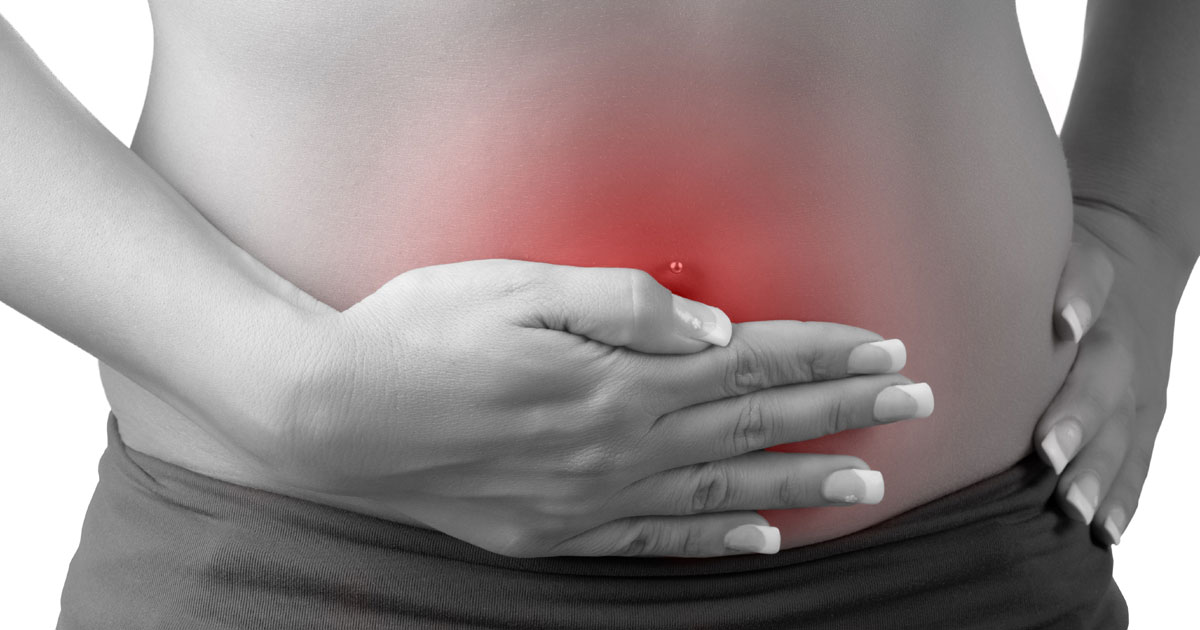Common Causes And Risk Factors For Peritonitis
Peritonitis is a condition in which the peritoneum, a membrane that covers the abdominal wall and the organs within the abdomen itself, becomes inflamed. Symptoms generally include fever, nausea, abdominal pain, thirst, constipation, and bloating. Patients may also experience decreased urine output, loss of appetite, and diarrhea. Peritonitis requires urgent medical attention to prevent the spread of the infection; if left untreated, it can be life-threatening.
To diagnose this condition, doctors may perform x-rays, ultrasounds, or CT scans to check for perforations in the abdominal area. A sample of fluid from the peritoneum may be obtained and cultured to check for bacteria. Treatment options include antibiotics, pain medications, intravenous fluids, and surgery.
Pancreatitis

Pancreatitis is an inflammation of the pancreas, and it is normally caused by an infection, gallstones, or significant alcohol consumption. If the infection spreads beyond the pancreas, peritonitis may develop. Patients with pancreatitis may have an elevated heart rate and upper abdominal pain, and fever, nausea, back pain, and abdominal swelling may also be present. Blood tests, glucose tolerance tests, imaging studies, and a biopsy of the pancreas may all be needed to confirm a diagnosis of pancreatitis.
Treatment of pancreatitis is provided in the hospital, and patients will have their heart, lung, and kidney function closely monitored since pancreatitis can cause damage to these areas. Some patients with severe pancreatitis may need to be treated in the intensive care unit. Surgery to remove gallstones or the gallbladder can sometimes resolve pancreatitis, and patients may be advised to eat a low-fat diet following the surgery.
Injury Or Trauma

Injury or trauma to the abdomen, including injuries from car accidents, contact sports, and falls, may result in peritonitis. In this case, a blow to the abdomen ruptures the abdominal wall, allowing bacteria and substances from other parts of the body to enter the abdomen. Patients who injure their abdomen should watch for fever, nausea, or pain, and they should seek prompt medical attention to reduce the risk of peritonitis. If patients develop abdominal pain that is so severe they cannot sit or find a comfortable position, they should seek emergency medical care. X-rays, CT scans, ultrasounds, and physical examination can all be used to assess trauma.
If doctors suspect peritonitis, they will begin immediate treatment with intravenous fluids, and antibiotics will also be given to reduce the risk of life-threatening sepsis, a potential complication of peritonitis. Patients who have had an injury or trauma will be monitored several times an hour by hospital staff, and they will have their blood pressure, pulse, respiration rate, and temperature measured regularly. In particular, patients should alert their medical team if they develop any abdominal swelling, nausea, bloating, constipation, or diarrhea.
